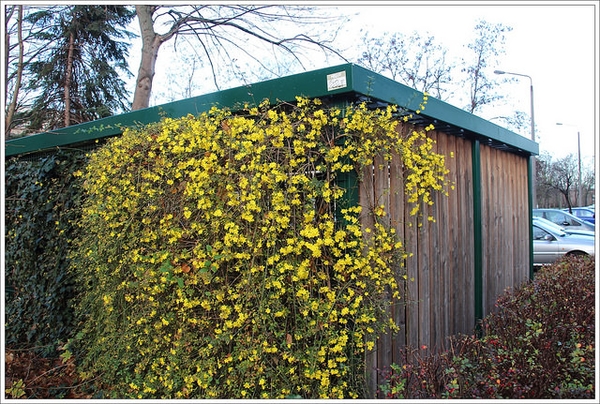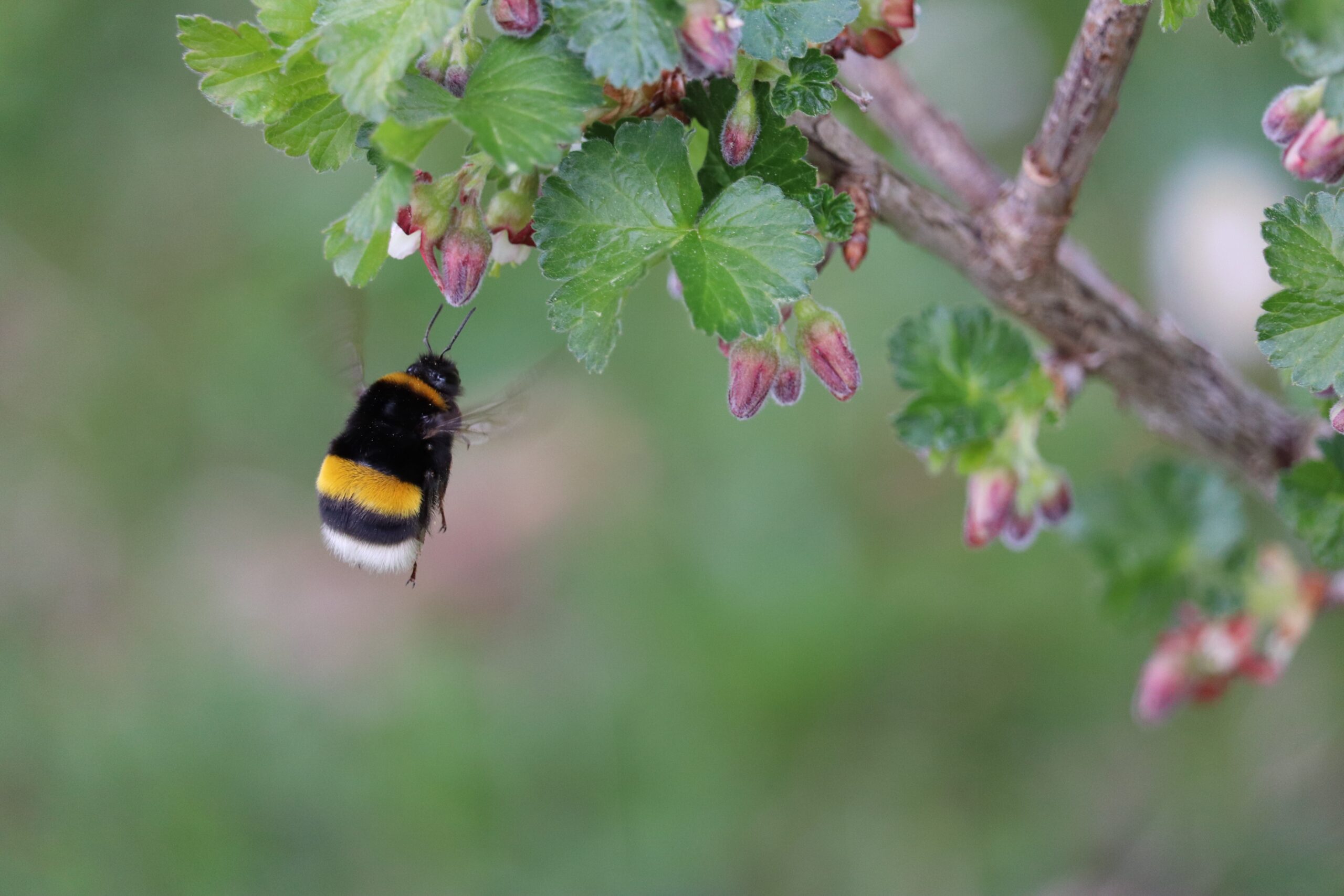



Article published in the News-Review November 15, 2024
By: Janet Bitter
Question: I try to grow plants to help all the pollinators in the summer. How do bees survive in the winter? Is there anything I can do to help them through the cold season?
Answer: The word “pollinator” seems to be all the buzz lately in garden literature. There’s a good reason for this—without insects/animals to pollinate all the types of food crops and flowers in the world, we would be facing a critical food shortage. Are you wondering why we need to worry about something that nature has always taken care of? Well, our wild bees have depended on certain native plants to get by during the colder months. Human expansion and development have changed the natural landscape.
But there are things we can do to help pollinators survive and thrive during the winter. You may still be in the process of cleaning up your yard and can put some of these cultural practices in place now. Plan to add some of the suggested winter-blooming plants to your garden either this fall or in the spring.
It is beneficial to understand a little about the four types of bees in Oregon and how they survive our winter conditions: ground nesters, cavity nesters, bumblebees, and the European honeybee. The first three are all native species to Oregon. Honeybees are an imported (but important) species which survive the winter by huddling together in their hives.
Ground nesters are about 70% of our native bee species. The females lay eggs in their compartmentalized underground chambers in the fall and the adults die off. During the wintry weather, the young bees develop and then emerge when the weather warms. For ground nesting bees, it is helpful to keep a small area of bare earth in your yard (compost as mulch is preferred to wood mulch for these bees). Avoid tilling when possible.
Cavity nesters use pithy canes (think raspberries, hydrangeas, etc.) or other natural cavities to build their nests. The females lay their eggs and deposit pollen balls for the larvae to eat during their development in the winter. Just like the ground nesters, the cavity nester adults die off each year. These bees might find a home if you wait until spring to cut back dormant perennials. If you must prune now, at least leave about 12” of stem for habitat. Having a few “less tidy” areas of stick piles and leaf litter can help these pollinators. I now feel so vindicated that my yard has a few “less tidy” (aka unkempt, messy, or “I’ll get around to it”) areas!
Bumblebees live in natural cavities in the ground. Adults die in the winter, except for the newborn queen. She finds a safe place often under a few inches of leaf litter or light soil and will awaken when the temperatures warm to find a site to start her own colony.
Black tailed bumblebees in western Oregon can be out as early as late January. Other native bees typically emerge in late February when the wild willows start blooming. If the weather warms up, it is possible to get bees out at all times of the year. Having some late fall and winter-blooming plants is a life-saver for these bees, providing pollen and nectar. Here are some plant suggestions that our bees will appreciate:
- Oregon Grape (Berberis aquifolium previously Mahonia): our state flower–yellow flowers last for weeks
- Witch Hazel (Hamamelis) – yellow blooms
- Chaparral currant (Ribes malvaceum) – a California native that will bloom in winter
- Rosemary (Salvia Rosmarinus or Rosmarinus sp.) – can bloom through the winter
- Heather (Erica sp.) – check for a species with winter bloom time
- Winter Jasmine (Jasminum nudiflorum) – bright yellow flowers
- Sweet box (Sarcococca)- very fragrant
Other plants to consider: flowering fruit trees, bulbs, hellebores, camellias, viburnums, Pieris, manzanita.
If you have a winter vegetable garden and some of your brassica (cabbage) family plants have gotten away from you, let them bloom so the early season bees can forage.
Having some blooming plants really brightens up the gray days of winter here in western Oregon. You may have a small yard, but even a tiny habitat can sustain bees. A well-thought-out landscape or a minor change in some of your garden practices can provide food and shelter for some of our native bees all winter. Be a bee hero!
Do you have a gardening or insect question? Contact the Douglas County Master Gardeners at douglasmg@oregonstate.edu or 541-672-4461 or visit 1134 SE Douglas Ave., Roseburg. Douglas County Master Gardeners are trained volunteers who help the OSU Extension Service serve the people of Douglas County.


